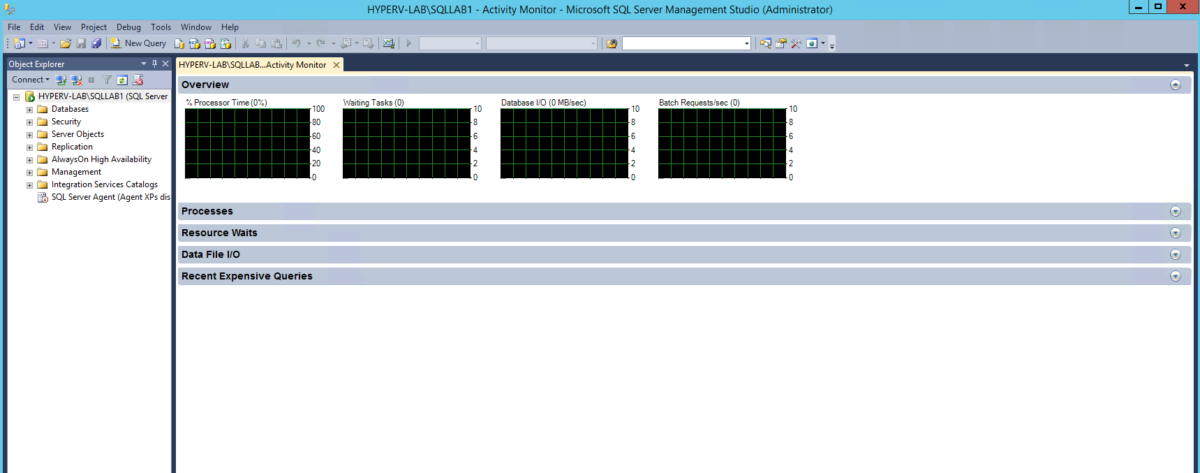
For example, if you have a security policy that forbids domain administrators logging in to member servers, then any activity that indicates a breach of the policy should be logged and investigated. In addition to Microsoft’s recommendations, consider auditing anything that might indicate unauthorized activity and that should involve an investigation. Alternatively, you can just configure the recommend audit settings. The templates contain many other security settings, not just audit policy, so you must test them thoroughly before deploying to production systems. The Security Compliance Toolkit contains templates for different server roles, like domain controller (DC) and member server, and they can be deployed using Group Policy. If you are not sure what to audit, Microsoft’s recommend audit settings in the baseline security templates for Windows Server are an ideal place to start. Legacy and advanced audit policy settings shouldn’t be used at the same time, so make sure you plan to retire legacy settings when switching to Advanced Policy Auditing. First introduced in Windows Server 2008, Advanced Audit Policy provides more granular control over Windows auditing so you can capture what’s important and eliminate noise. If you don’t have any audit policy configured, or if you are still using legacy audit settings, it’s time to set up Advanced Audit Policy. For example, your audit policy may determine that you want to log any remote access to a Windows machine, but that you do not need to audit login attempts from someone on your business premises.

The Windows Audit Policy defines the specific events you want to log, and what particular behaviors are logged for each of these events.

Windows Advanced Audit Policy and Security Baselines


 0 kommentar(er)
0 kommentar(er)
